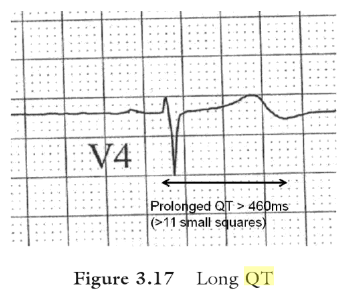Normal QT Interval Duration: 0.3-0.44 s (0.46 s for women); tends to increase as the heart rate decreases Bazett’s formula for corrected QT interval (QTc): QTc = QT/ √RR Prolonged QT Interval Duration: >0.44 s (men) and >0.46 s (women) Can lead to: Polymorphic VT (Torsades de pointes) Causes: Mnemonic:…
Category: PGMEE, MRCS, USMLE, MBBS, MD/MS
Medical knowledge in bullet points with understandable language, simplified images and graspable mnemonics.
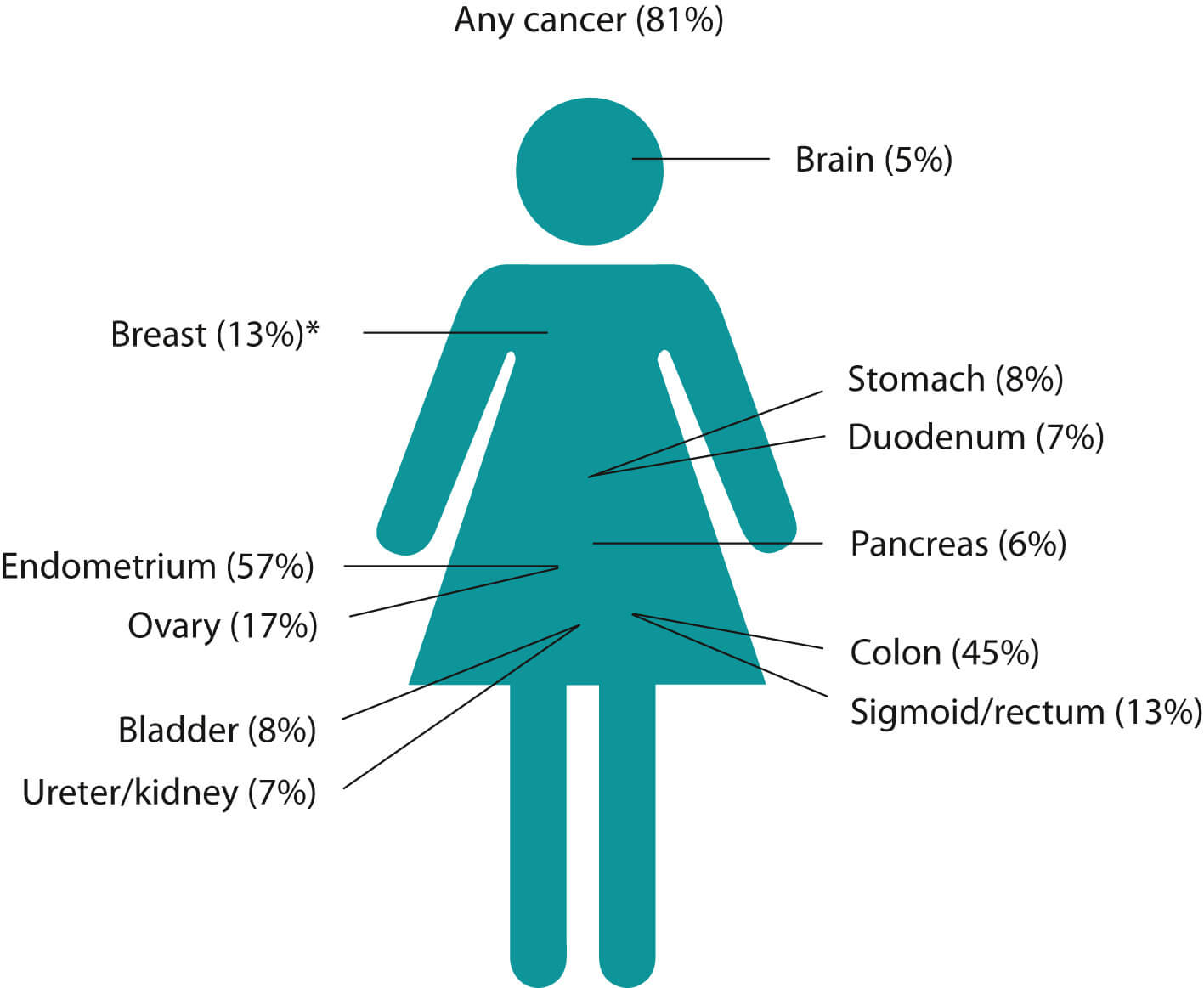
Lynch Syndrome (HNPCC) : Mnemonics
Inheritance: Autosomal Dominant (AD) Cause: Microsatellite instability (MLH1, MSH2 mismatch repair gene mutation) Types: Amsterdam II Criteria for Diagnosis Mnemonic: 3-2-1-0 rule Colorectal cancers: More likely to be mucinous and right-sided Treatment: Total colectomy with ilio-rectal anastomosis Annual screening: Age 25 onwards or beginning no later than 5 years before…

Spermatic Cord : Mnemonics
Spermatic cord enters the inguinal canal through the deep inguinal ring and passes out through the superficial inguinal ring. 3 Coverings Mnemonic: ICE TIE Layer Origin Internal spermatic fascia Transversalis fascia Cremasteric fascia Internal oblique External spermatic fascia External oblique aponeurosis Contents 1. 3 Arteries: Mnemonic: ABCD Arteries – 2….
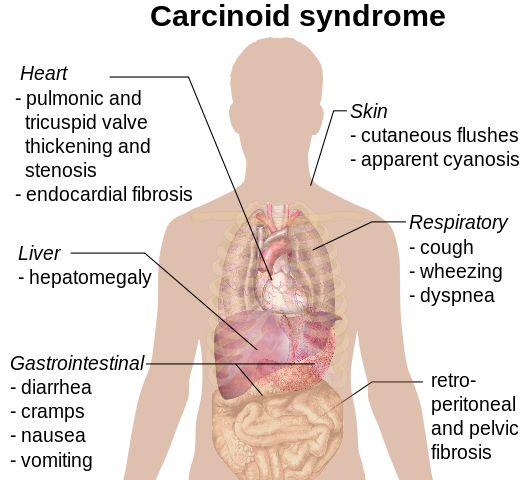
Carcinoid Tumors : Mnemonic
Origin: Neuroendocrine cells Location: Lungs, Bronchi, Trachea, Gastrointestinal tract Synthesize: Biogenic amines (mainly serotonin which is metabolied to 5-HIAA) 5 Manifestations Mnemonic: 5-HIAAS 1. Heart disease (2/3 patients) 2. Intestinal manifestations 3. Airway obstruction 4. Asthma 5. Skin manifestations Alternative mnemonic: CARCinoid Rule of 1/3 Surgery for appendiceal carcinoid tumor…
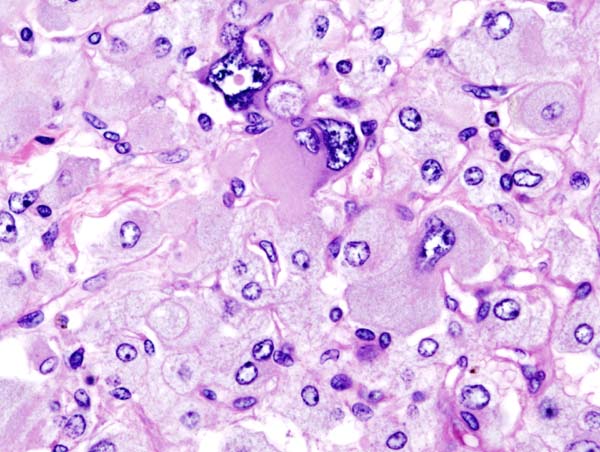
Pheochromocytoma : Mnemonics
Pheochromocytoma is a catecholamine-producing tumor arising from chromaffin cells of the sympathetic nervous system derived embryologically from the primitive neural crest cells. Sites: Clinical features Mnemonic: 5 H or 7 P’s 5 H 7 P Hypertension Paroxysmal rise in pressure (BP) Headache Pain (headache) Hyperhidrosis Perspiration (hyperhidrosis) Hyperglycemia Pallor Hypermetabolism…
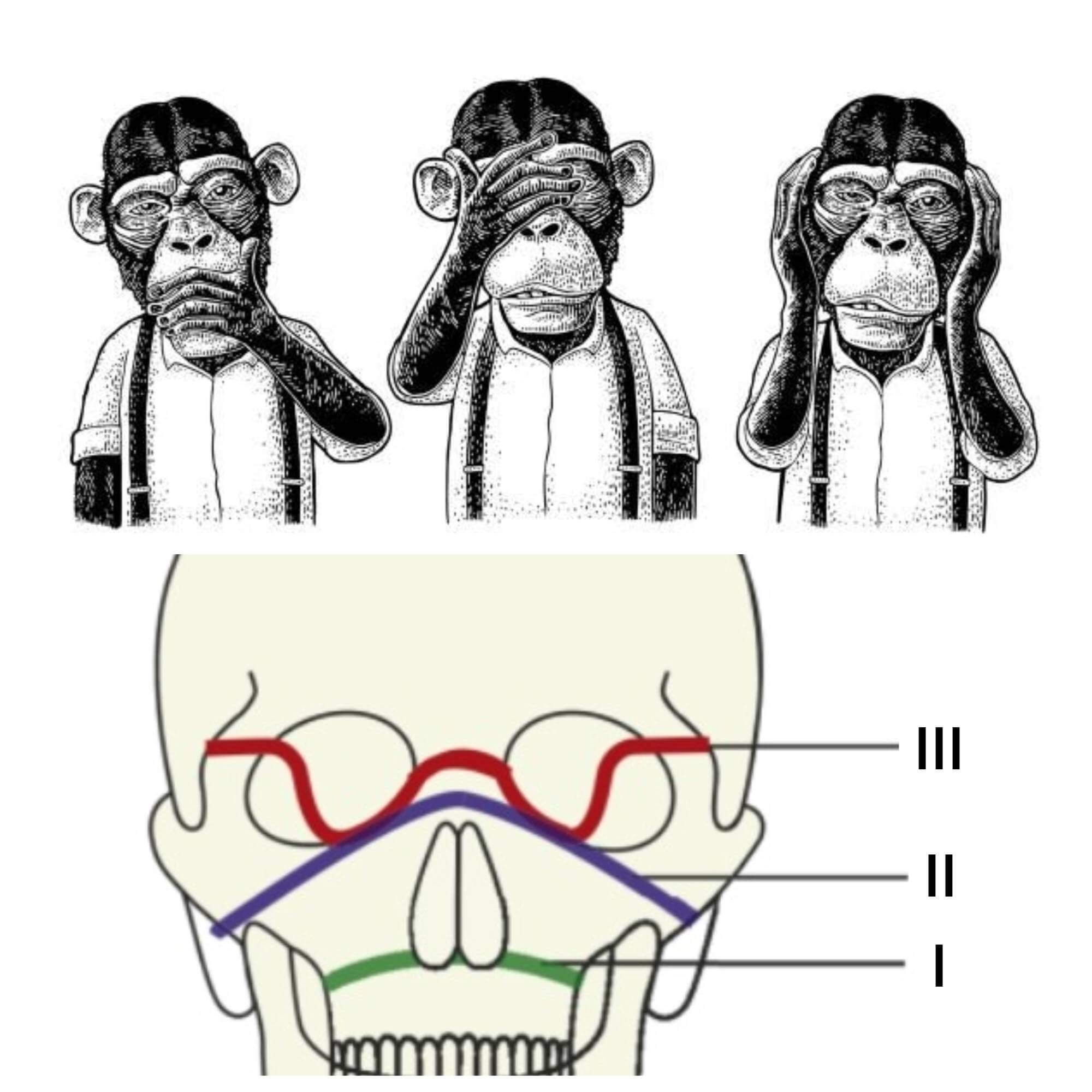
Le Fort Fractures : Mnemonics
Le Fort fractures are the fractures that separate mid-face from the skull. Classification All of these subtypes involve a fracture of the pterygoid plate. LeFort type Fracture configuration Mnemonic Mnemonic I Horizontal Floating palate Speak no evil – fracture through maxilla just above roots of teeth (affects speaking) II Pyramidal…

Alpha and Beta Adrenergic Receptors : Mnemonics
Location Alpha = Arteries and smooth muscles Beta = Beats or Breaths Types and Action 1 = Contract 2 = Dilate Receptors Alpha 1: Alpha 2: Beta 1: Mnemonic: We have 1 HEART Beta 2: Mnemonic: We have 2 LUNGS Beta 3: Mnemonic: 3 = Triglyceride
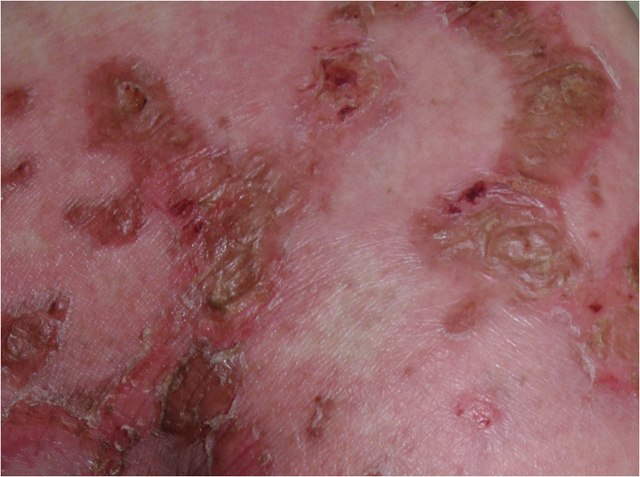
Glucagonoma : 6 D’s
Glucagonoma is an alpha-cell tumor of pancreas. Mnemonic: 6 D’s 1. Diabetes 2. Dermatitis (Necrolytic migratory erythema) 3. Declining weight 4. Diarrhea 5. Deep vein thrombosis 6. Dilated cardiomyopathy
